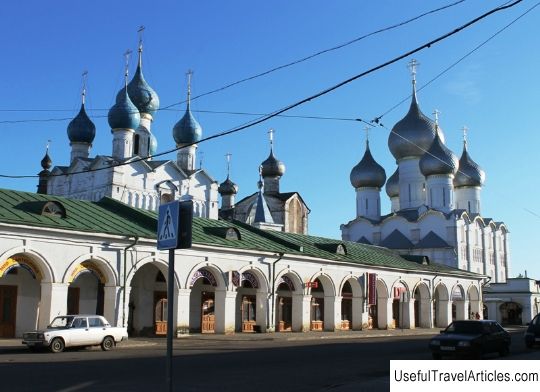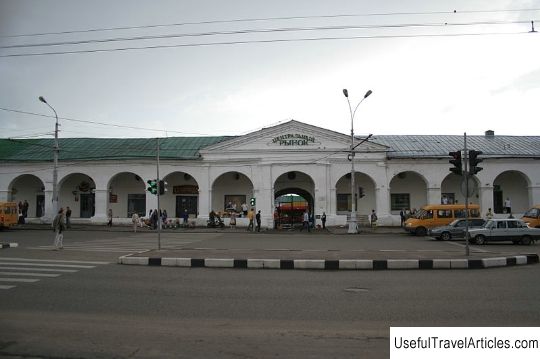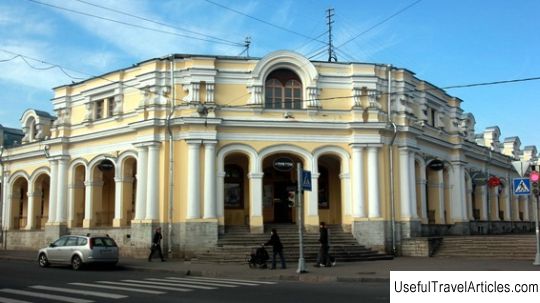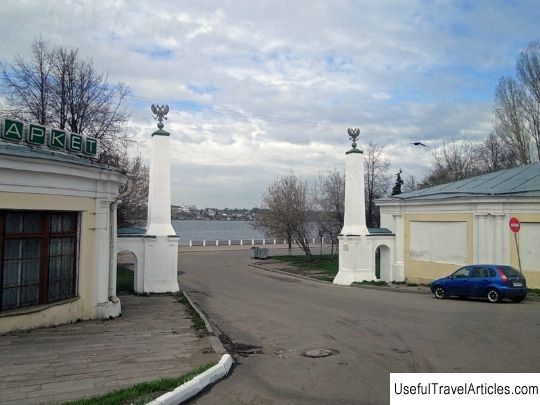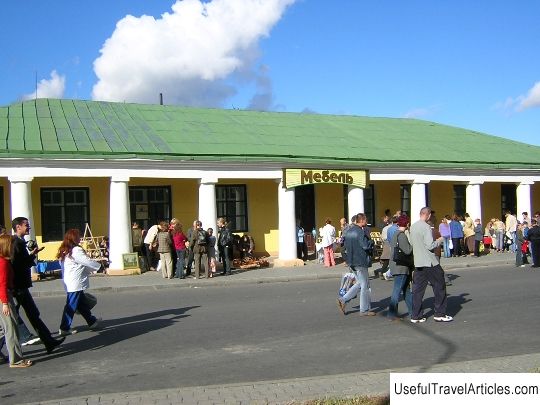Shopping arcade description and photos - Russia - Golden Ring: Vladimir
Rating: 7,9/10 (9604 votes) 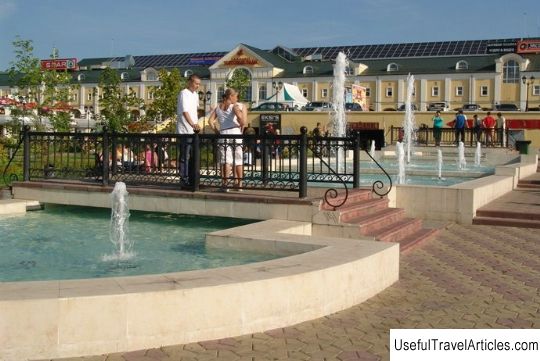
Shopping arcade description and photos - Russia - Golden Ring: Vladimir. Detailed information about the attraction. Description, photos and a map showing the nearest significant objects. Photo and descriptionVladimirskie Torgovye Rows are located on Bolshaya Moskovskaya Street, which is the main and one of the oldest. Previously, it was called Bolshoi, and at the beginning of the 17th century it was part of the Vladimirka tract from Moscow and the central street of the city. Vladimirsky bargaining in ancient times was located on the site where the building of the Officers' House is today. In the 17th century, there was a white-stone church of the Exaltation to the Torgu, built in 1218. By the beginning of the 18th century, bargaining moved to the western part of the city, behind a trading bridge thrown across a natural moat. Wooden trading buildings burned more than once. That is why the authors of the first general plan of the city of Vladimir, which was approved in 1781 by Catherine II, proposed to build a stone Gostiny Dvor, which supposedly was supposed to decorate the main city street and occupy an entire block. The construction of the Trading Rows has been carried out since 1787 at the expense and by order of the merchants of Vladimir. In those days, the governor of Vladimir was P.G. Lazarev is the father of the famous navigator M.P. Lazarev. The location was very profitable commercially. Gathering together, Vladimir merchants decided to build stone shops in Vladimir, contrary to the general plan, going to the Trade Bridge from the Golden Gate. The shopping arcade in the plan had the shape of a quadrangle with a wide open area inside, where the central market was located until the 1960s. In the arched galleries from the facades of the building there were trade shops. The architectural and stylistic unity of the building was lost after several reconstructions. Only the southern part of the shopping arcade has survived to this day. Presumably, the project for the building of the Shopping arcade in the classical style was developed by the architect Nikolai von Berk, who at that time was engaged in the regular development plan of the city. The galleries of the St. Petersburg Gostiny Dvor were used as a prototype for the building. In 1790, the construction of the first line along Tsaritsynskaya and central streets was completed. In 1791, 51 shops operated in the Trade Rows, where they sold all kinds of goods from shoes and clothes to food. Behind the Trading Rows was the Market Square with shops and shops. It was possible to get there through the passage in the shopping galleries from the side of Bolshaya Moskovskaya Street, which was popularly called the "woman's gate". In 1792, the construction of the northern wing began, where flour and butcher shops were to be located, the project of which was carried out by the architect I.A. Chistyakov. In 1913, a two-story rotunda was added to the eastern wing, designed by S.M. Zharov, diversifying the architectural and stylistic nature of the building. The arcature of the facade of the rows echoed the columns of the portico of the Nikolo-Zlatovrat church (it has not survived to this day), as well as the house of the Noble Assembly (today the House of Officers), which stood on the same side of the street. The first provincial library was located above the "woman's gate" in the late 19th - early 20th centuries. It only existed on private donations. The library occupied two rooms. There was also a reading room. In 1908 the library was transferred to P. Ilyin's house. In 1914 V.A. Petrovsky, the owner of a corner shop on Tsaritsynskaya Street, also decided to rebuild the retail premises according to the project of the same architect. Vladimirtsy and this store found their name. Because of the round tower, which was decorated with bas-reliefs, this store was called "Round GUM" (today it is the "House of Clothes"). During the expansion of Bolshaya Moskovskaya Street, carried out in 1950-1952, most of the rows have lost their arcature design. The northern part of the Trading Rows was also dismantled. Currently, the shopping arcade continues to perform its original functions. It is planned to restore their northern part. Today, Vladimirskie Torgovye Ryad is the largest shopping center in the city and the region, with an area of over 30,000 square meters, and it is also a local architectural monument.     We also recommend reading Church of the Savior on the Senyakh of the Rostov Kremlin description and photos - Russia - Golden Ring: Rostov the Great Topic: Shopping arcade description and photos - Russia - Golden Ring: Vladimir. |
